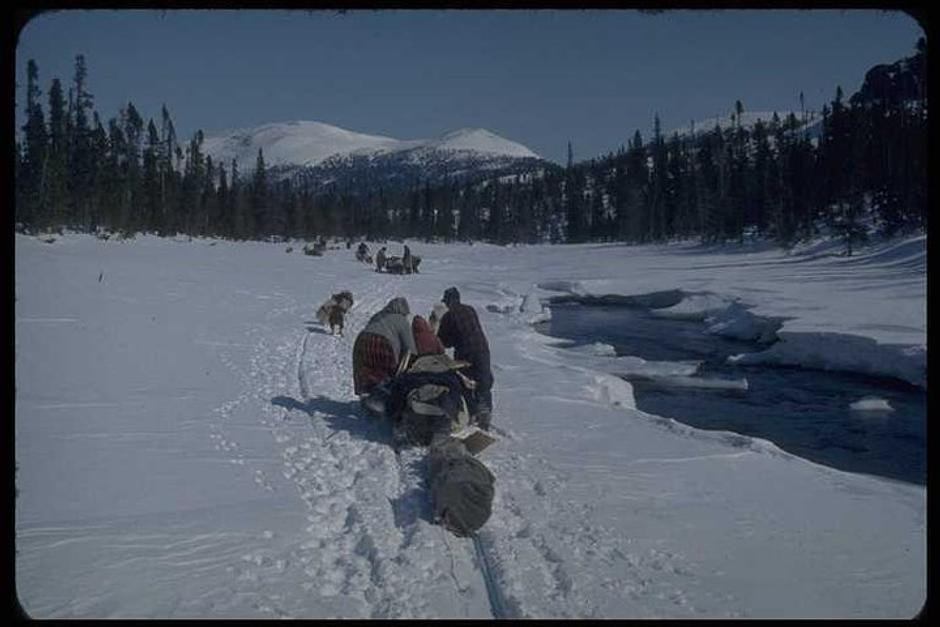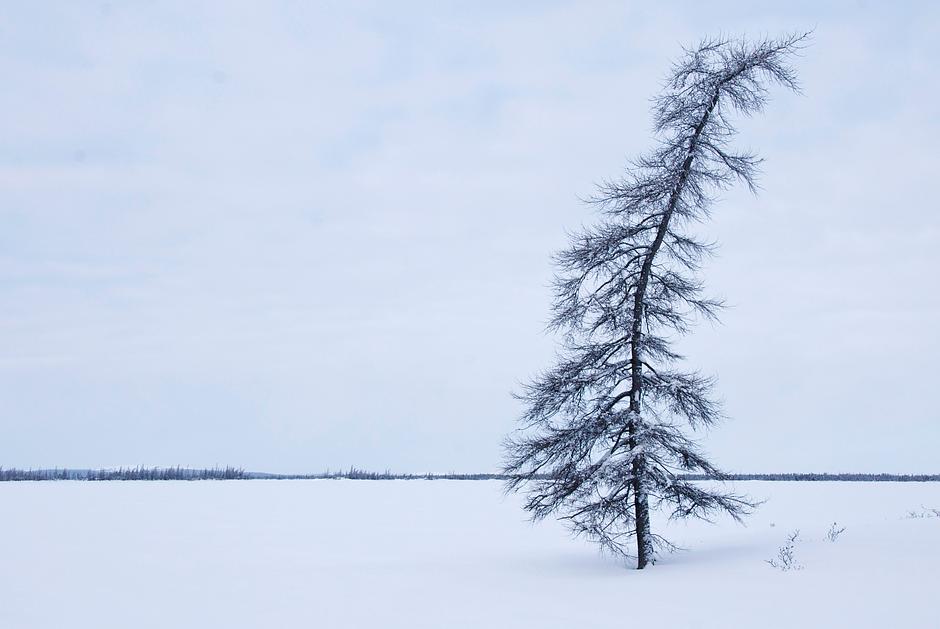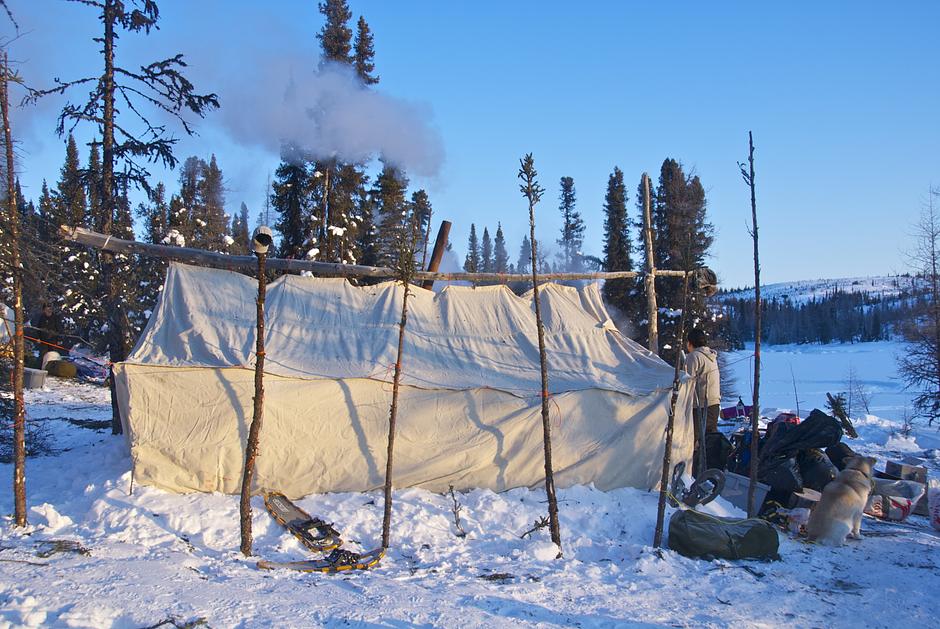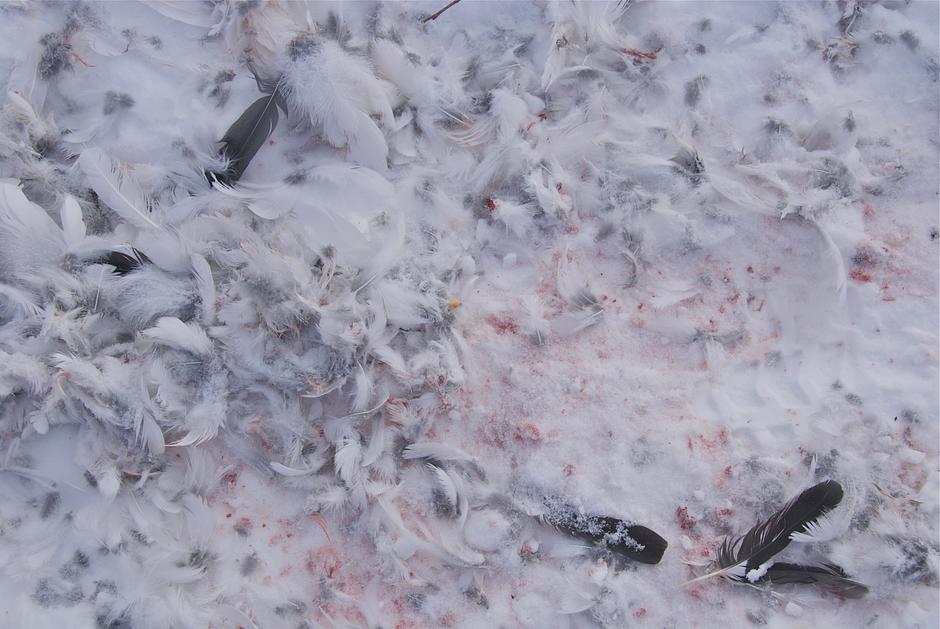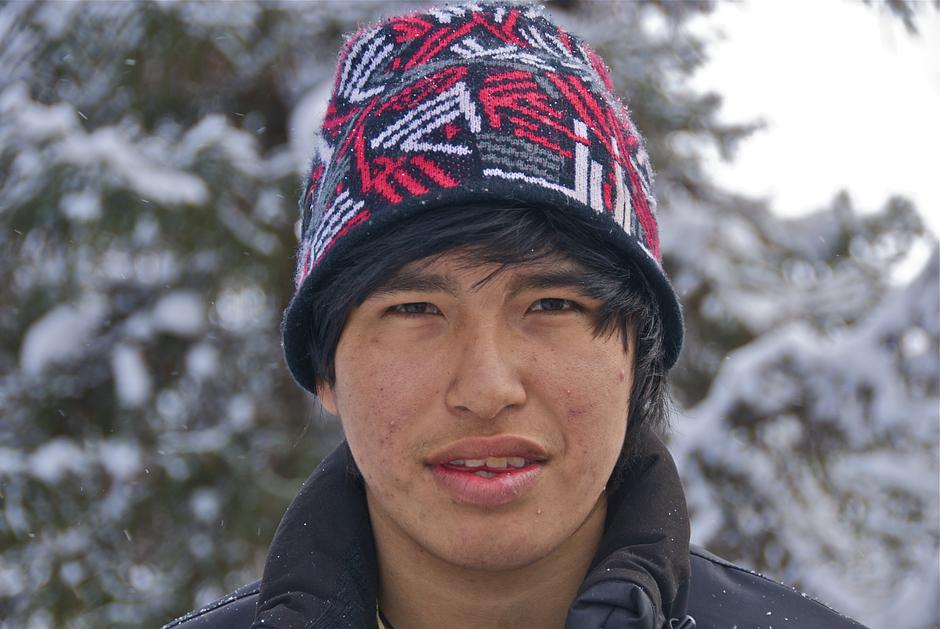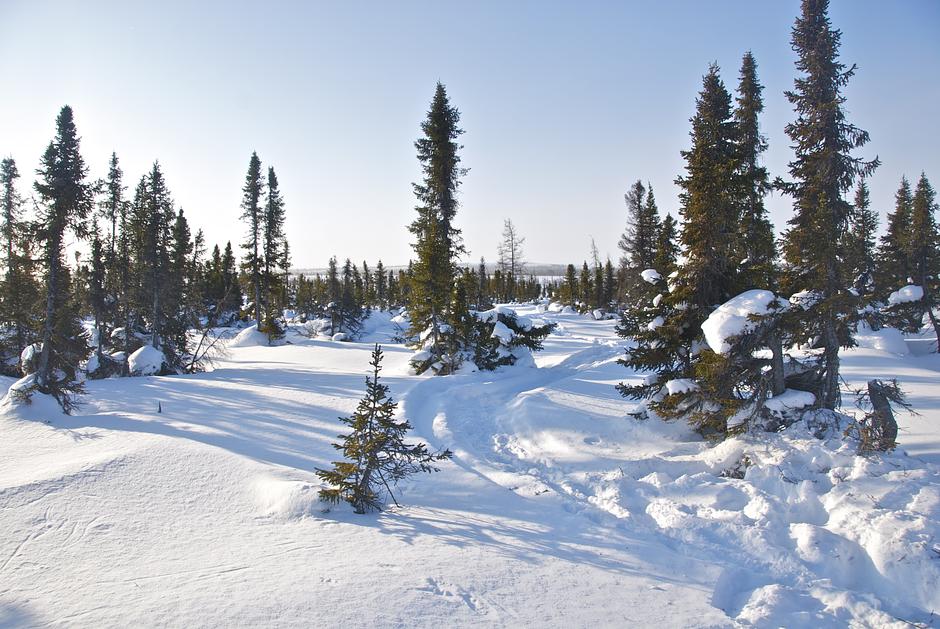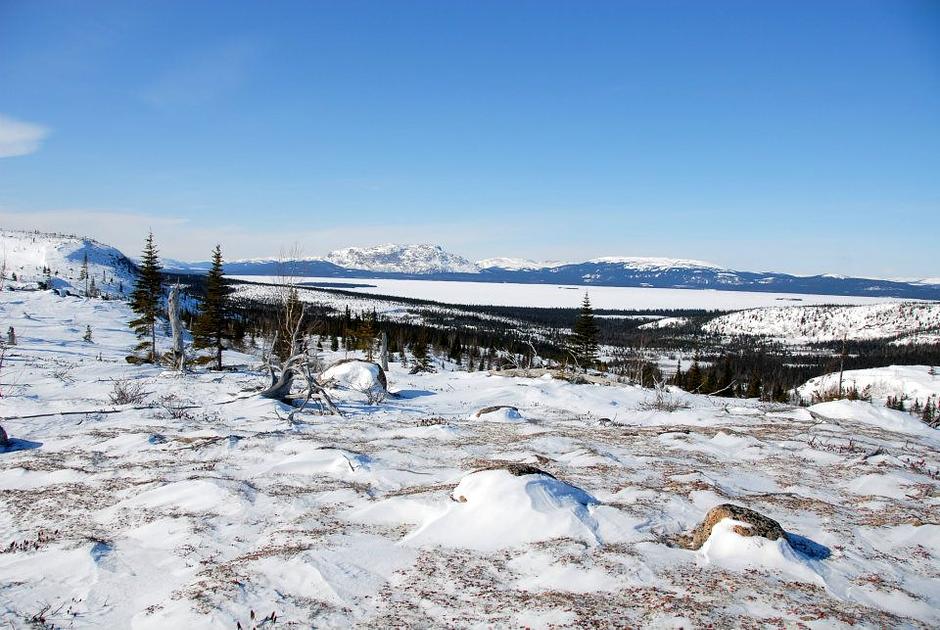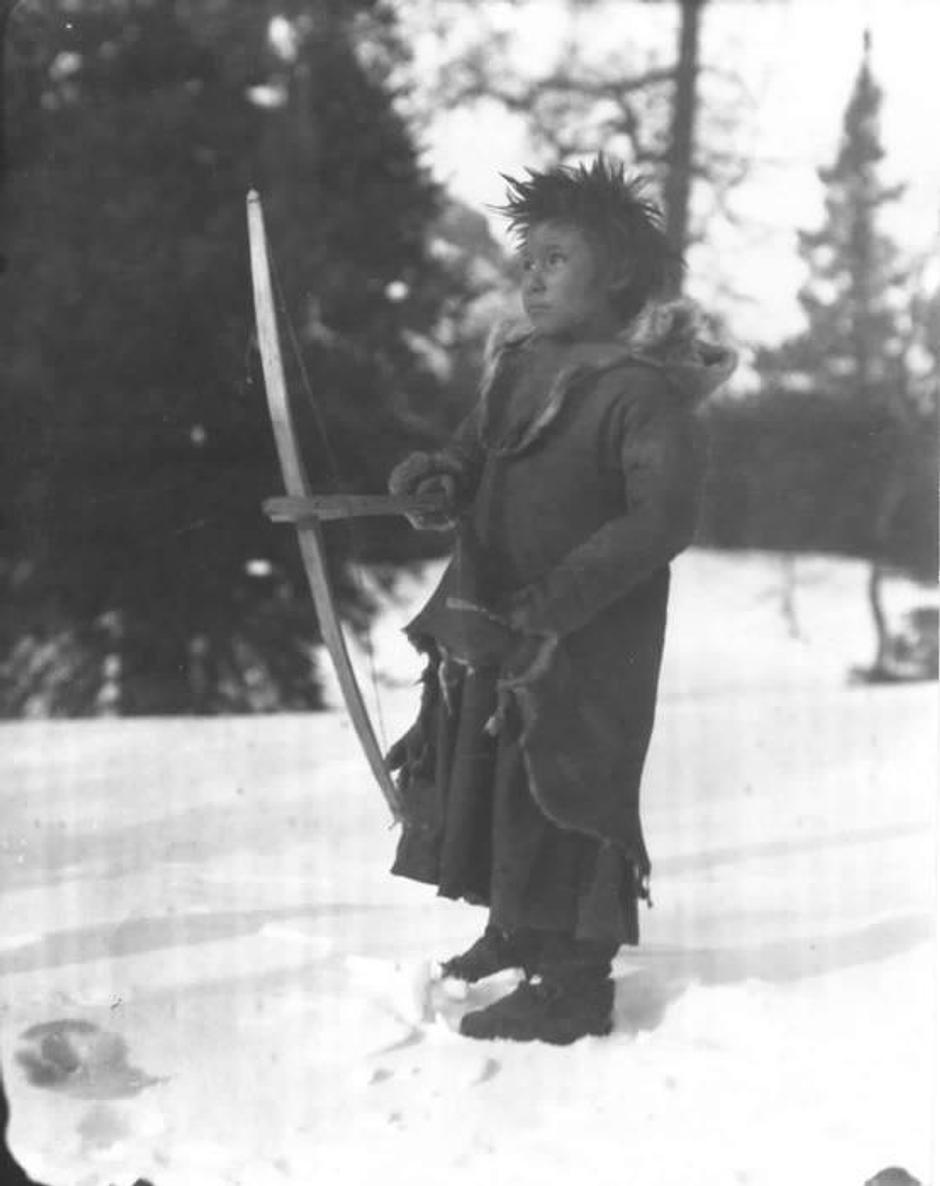Nitassinan: walking in the footsteps of Innu ancestors
Survival International joins a group of Innu walkers on a journey across their ancestral territory in northeastern Canada.
During the sub-arctic winters, when the waterways of their homeland Nitassinan froze, the Innu snow-shoed across the interior in search of migrating caribou. In the summer months, when the ice melted, they travelled by handmade birch-bark canoes to the Atlantic coast.
In the 1950s and ’60s, they were pressured by the government and Catholic church into settling in fixed communities. Much of their land was confiscated; hunting for caribou was strictly regulated.
An entire way of life was destabilised; the human consequences were disastrous.
© Georg Henriksen
Innu men and women who had long led active, independent lives in harmony with the natural world became sedentary and severely depressed.
Rates of diabetes, alcoholism and suicide soared as their self-esteem plummeted.
Several years ago when an Innu man went to social services and was asked his occupation, he replied, ‘hunter’, said Innu man Jean-Pierre Ashini. Now, he says, ‘unemployed’.
© Joanna Eede/Survival
In the winter of 2009, ‘Giant’, an Innu man from the community of Sheshatshiu with a history of alcohol abuse, had a dream in which his grandfather spoke to him.
Get up and help your people, he told his grandson. Get up and walk.
For the Innu, dreams are highly significant. Giant gave up drinking, took up his toboggan and walked north across the frozen waters of Atatshuinapek (Lake Melville), along the trails of his ancestors.
© Joanna Eede/Survival
Over the course of three years, Giant walked almost 4,000 kms. By early 2012, he had inspired walkers from communities across Quebec and Labrador to join him for the final leg of his journey.
His aim was to raise awareness of his people’s escalating diabetes problem, and reconnect young Innu to nutshimit (the country).
Approximately 15% of his community is thought to have the condition; the result of obesity, alcoholism, poor diet and inactivity. Imagine, in ten years’ time the whole community could have diabetes, said Giant. Everyone could be losing limbs.
© Alex Andrew
For six hours a day the walkers snow-shoed across frozen lakes and spruce-lined river valleys, where grey wolves follow migrating caribou, and up onto the rocky tundra of the high Barren Grounds, home to the Mushuau Innu.
© Joanna Eede/Survival
The Innu people’s affinity for nutshimit is at the root of their identity.
They have an intimate knowledge of their plants and animals: the golden sap of spruce trees, for example, is used as a glue for canoe-building, an ointment for sunburn and a chewing-gum.
The land is your life, says Innu Elder, George Rich. Without it, you are nothing; everything that is connected to the land is a symbol of who you are as a human being.
© Joanna Eede/Survival
Stands of pine trees sheltered the tents from the cold northwesterly winds.
Campsites were chosen by Elders – men who were raised in nutshimit and taught traditional hunting skills by their parents and grandparents.
Life in the country was school for me, said Elder, Gregoire Gabriel. My grandmother taught me how to cook rabbit. We used scythes, and made candles from caribou fat.
As an Innu child, my training started there.
© Joanna Eede/Survival
As the sun sinks, so the temperature on Mushuau Shipu (George River) drops rapidly.
George River is home to the world’s largest reindeer herd. Large parts of the herd’s range have recently been disrupted by projects such as iron-ore mining and road-building.
The herd, which once numbered 8-900,000 animals, stands today at just 74,000.
© Joanna Eede/Survival
Inside a traditional Innu tent, a sheet-metal stove is stoked throughout the night with dry juniper wood.
Spruce boughs, arranged in an intricate overlapping pattern on the floor, provide insulation against the cold.
© Joanna Eede/Survival
Ptarmigan feathers lie on snow stained red with caribou blood, and studded with husky prints.
The country is our food, said Innu Elder, Joe Pinette. We hunt and trap. That’s what the Innu do.
© Joanna Eede/Survival
The Innu must scrupulously share the meat and carefully preserve the leg bones; throwing them away is disrespectful to kanipinikat sikueu, the ‘Master’ spirit of the caribou.
No part of the caribou is wasted; antlers are hung high in the trees.
© Joanna Eede/Survival
Innu women drilled holes through thick ice, to fish for lake trout.
© Joanna Eede/Survival
Surrounded by food crates and tins of stove gas, a walker’s parka hints at the tragedies that have affected so many Innu families.
‘Justin’, an Innu teenager from Natuashish, recently committed suicide.
His friends were walking across the icescape in his memory.
© Joanna Eede/Survival
Gas-sniffing is endemic among Innu teenagers.
Joel – at 15 the youngest member of Giant’s walk – regularly sniffs gas with his friends in the community of Natuashish. In nutshimit, however, he felt strong. The country feels good. I like being sober, he said.
In the country, there are no drugs or alcohol, said Elder Grégorie Gabriel. The traditional Innu way of life is a healthy one.
© Joanna Eede/Survival
I love the country; love every bit of it, says Joachim Michel.
My ancestors used to walk this way. I can still feel them here.
© Joanna Eede/Survival
Giant’s walk has engendered self-esteem and collective pride in being Innu, which the government and Church tried so hard to extinguish, said Stephen Corry of Survival International.
The unique Innu spirit is still strong, despite the injustices of recent years.
© Joanna Eede/Survival
I am Innu. The land is my life.
When I walk into the country, I feel like I’m going home, to my own place.
The Innu place.
Elder Elizabeth Penashue.
© Alex Andrew
As recently as 50 years ago, the Innu were still semi-nomadic hunter-gatherers.
© Katie Rich
Other galleries
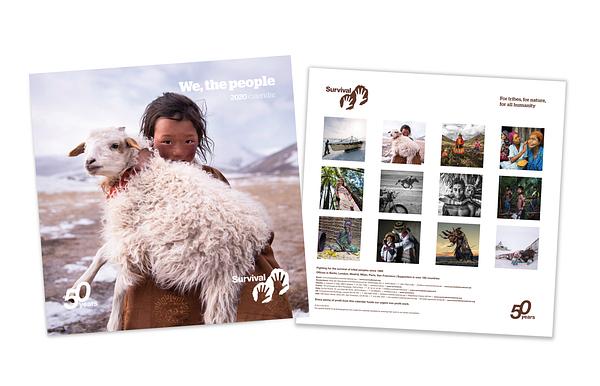
“We, the People” 2020 Calendar
Discover a new tribal portrait each month with the Survival International “We...
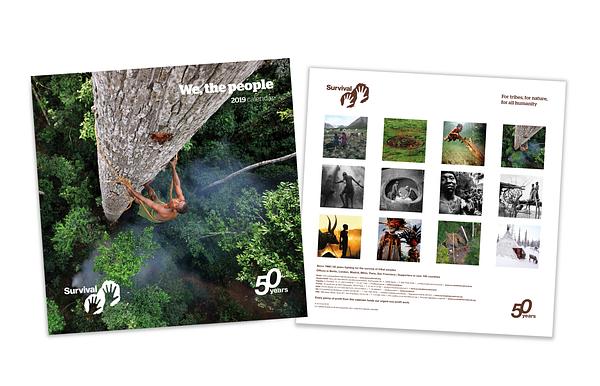
“We, the People” 2019 - The 50th anniversary Calendar
Our “We, The People” 50th Anniversary Calendar features stunning portraits of...
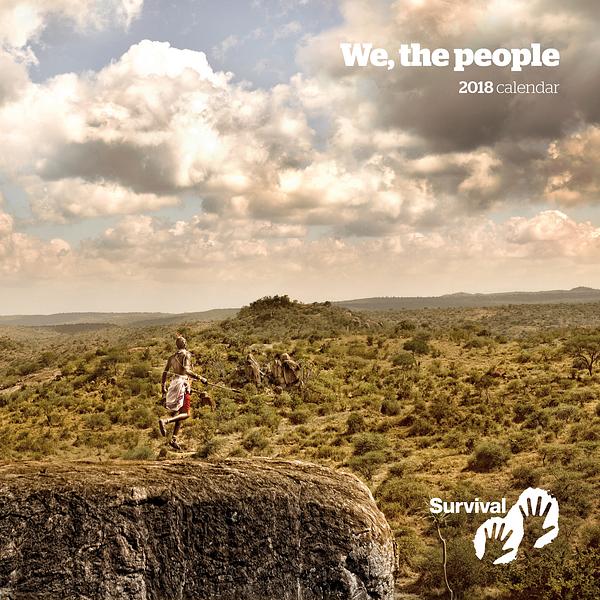
"We, the People" 2018 Calendar
Discover a new tribal portrait each month with the Survival International "We...

